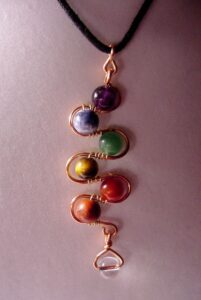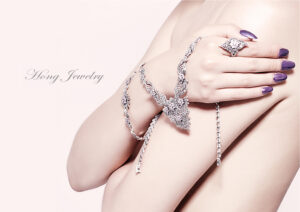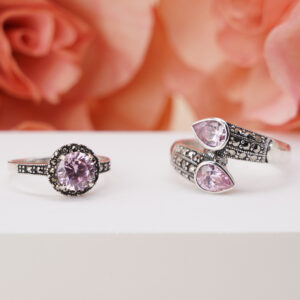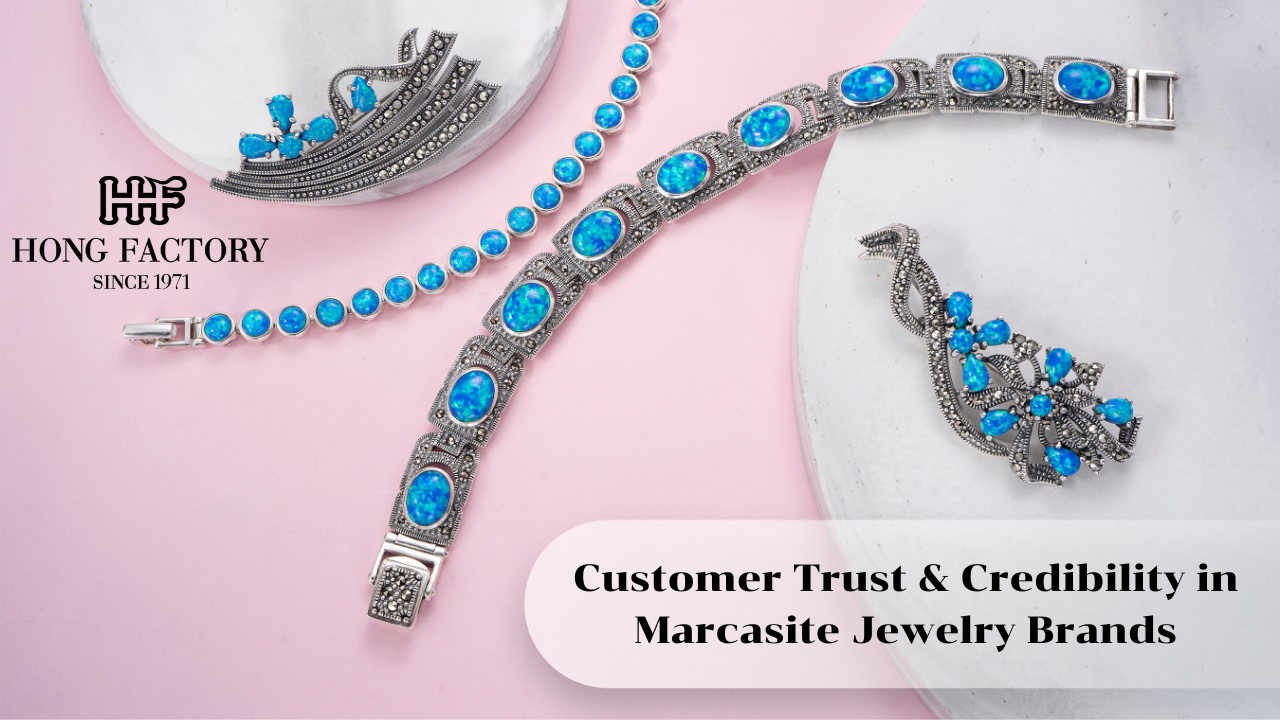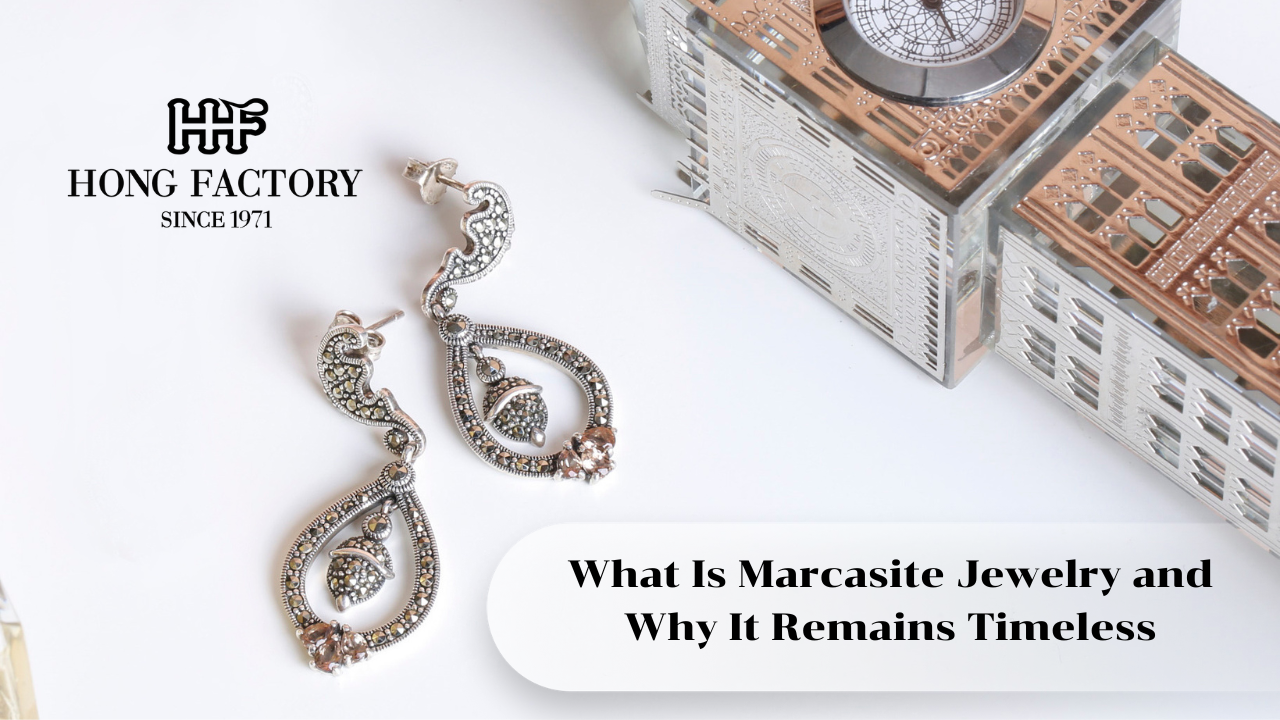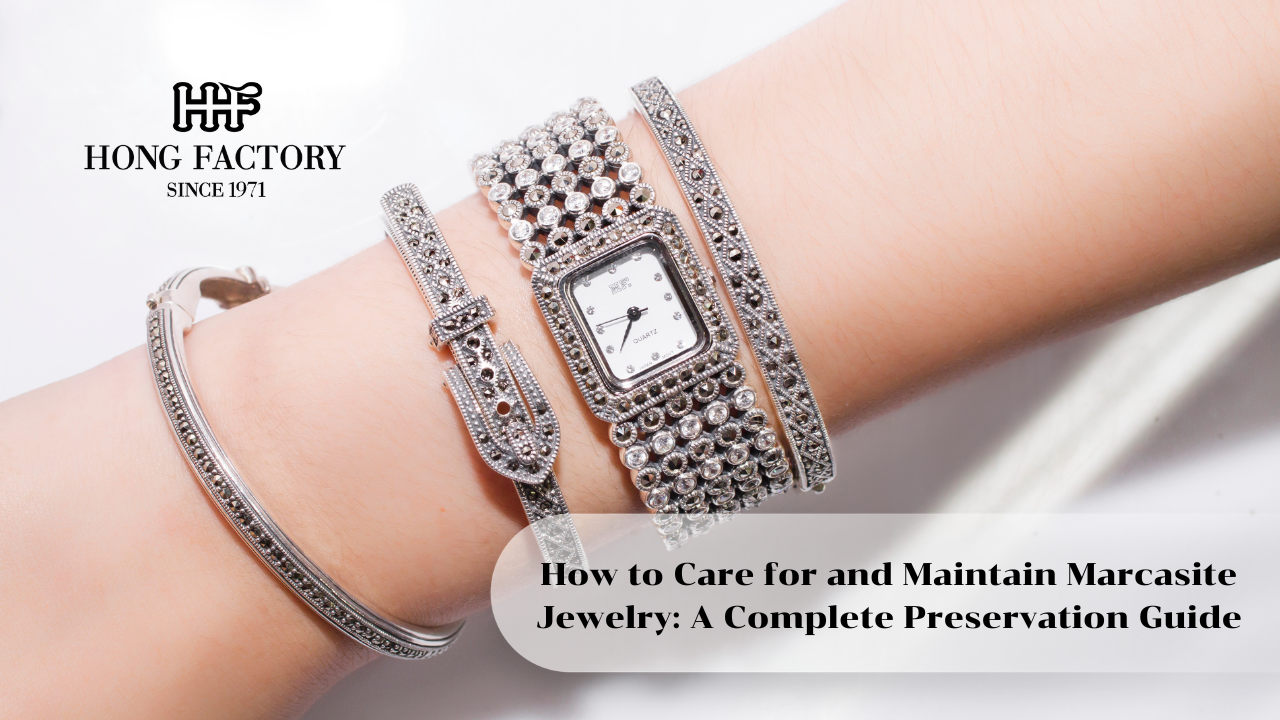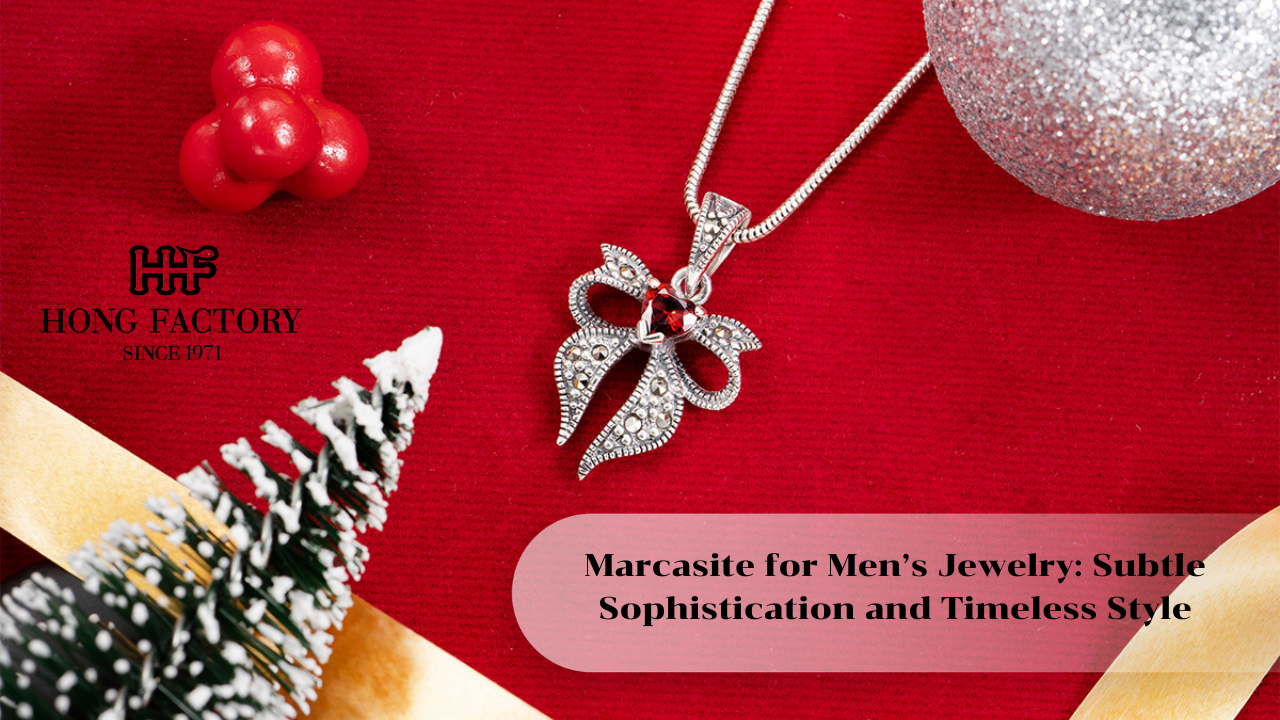Jewelry is more than adornment it’s meaning cast in metal and stone. For centuries, people have worn jewelry not just for beauty, but to express love, identity, faith, and memory. In a competitive modern market where trends shift quickly and mass production is common, emotion-driven design has emerged as a powerful differentiator. When jewelry tells a story, it doesn’t just decorate. It connects. Here’s how intentional design can infuse emotional value into your collection and why that value turns one-time buyers into loyal brand advocates.
Jewelry That Tells a Story: How Design Sells Emotion
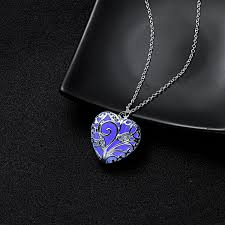
1. The Psychology of Story in Jewelry
Humans are wired to remember and respond to stories. Jewelry that carries emotional cues triggers deeper engagement.
Examples:
- A pendant shaped like a compass = guidance and protection
- A ring with engraved coordinates = a meaningful place
- A birthstone charm = personal identity or family legacy
When customers relate their lives to your product, they’re more likely to purchase, wear, and share it.
2. Symbolism Translates Across Cultures
Story-based jewelry doesn’t need words to be powerful. Symbols create universal connections:
- Hearts: love, romance, compassion
- Moons: intuition, femininity, phases of life
- Trees: growth, grounding, family
Designs that use subtle, timeless symbolism allow the wearer to interpret the piece in their own way making it feel uniquely personal.
3. Craftsmanship as a Narrative Tool
How a piece is made can be as meaningful as what it represents.
Consider:
- Hand-set stones = human touch and care
- Recycled metals = sustainability and ethical values
- Artisanal detail = heritage and authenticity
Promoting craftsmanship helps buyers feel connected to the maker and the process especially in an era of fast fashion.
4. Storytelling Increases Perceived Value
Jewelry with a story commands higher prices because it offers more than material—it offers emotion.
For example:
- A simple silver ring with no context = a ring
- A silver ring designed around a moon phase, cast by hand, and named “New Beginnings” = an emotional artifact
Customers don’t just buy what it is they buy what it means.
5. Naming and Packaging Matter
Even the best designs need the right context to unlock emotion. The name, collection theme, or packaging inserts can create connection.
Try:
- Naming pieces after sentiments or places (“Wanderlust”, “First Light”)
- Including a story card that explains the design inspiration
- Using poetry, quotes, or affirmations to spark meaning
These touches help elevate a product into a meaningful experience.
6. Social Proof: Stories Inspire Stories
When customers connect emotionally with jewelry, they share their experience.
User-Generated Content (UGC):
- “I got this necklace for my daughter’s graduation it’s her birthstone.”
- “Wore this ring on my wedding day. Now I wear it every day.”
- “Bought this pendant after leaving my corporate job. It represents freedom.”
These testimonials create powerful organic marketing and emotional resonance for future buyers.
7. Creating Story-Driven Collections
Designing around narrative themes helps unify your collection and inspire purchases across multiple pieces.
Examples:
- Seasons of Change: Four rings representing winter, spring, summer, fall
- Celestial Path: Moons, stars, and constellations to represent life stages
- Heritage Line: Designs inspired by ancestral patterns or cultural symbols
These themed collections turn products into journeys.
8. The Role of Customization
Letting customers personalize your storytelling deepens the emotional bond.
- Engraving names, dates, coordinates
- Choose-your-gemstone features (birthstones, intentions)
- Modular charm systems to build a life story
Customization lets wearers tell their version of your brand’s story.
9. Real-World Impact: How Design Drives Loyalty
A North American jewelry brand launched a collection called “Milestones,” featuring:
- Stackable rings named for life moments (e.g., “First Love,” “New Chapter,” “Wild Spirit”)
- Optional engraving and birthstones
- Story cards in the packaging
Results:
- 45% of buyers made repeat purchases to mark new milestones
- Customers began collecting rings as journal entries
- The brand gained significant traction through word-of-mouth
10. Final Thoughts: Design with Heart
In jewelry, aesthetics draw attention but meaning creates loyalty. When a piece reflects a memory, a belief, or a moment, it becomes more than a product.
It becomes part of someone’s story.
So as you design your next piece, ask not just “What does it look like?”
Ask: “What does it say?”
Because the jewelry that sells best isn’t just beautiful.
It’s the kind that speaks and stays.



